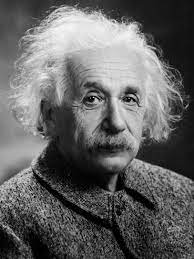
Einstein
@Einstein | 25minTorque
In physics and mechanics, torque is the rotational equivalent of linear force. It is also referred to as the moment, moment of force, rotational force or turning effect, depending on the field of study. The concept originated with the studies by Archimedes of the usage of levers. Just as a linear force is a push or a pull, a torque can be thought of as a twist to an object around a specific axis. Another definition of torque is the product of the magnitude of the force and the perpendicular distance of the line of action of a force from the axis of rotation. The symbol for torque is τ, the lowercase Greek letter tau. When being referred to as moment of force, it is commonly denoted by M.
In three dimensions, the torque is a pseudovector; for point particles, it is given by the cross product of the position vector (distance vector) and the force vector. The magnitude of torque of a rigid body depends on three quantities: the force applied, the lever arm vector connecting the point about which the torque is being measured to the point of force application, and the angle between the force and lever arm vectors. In symbols:
Torque = | R || F | sin(x)




